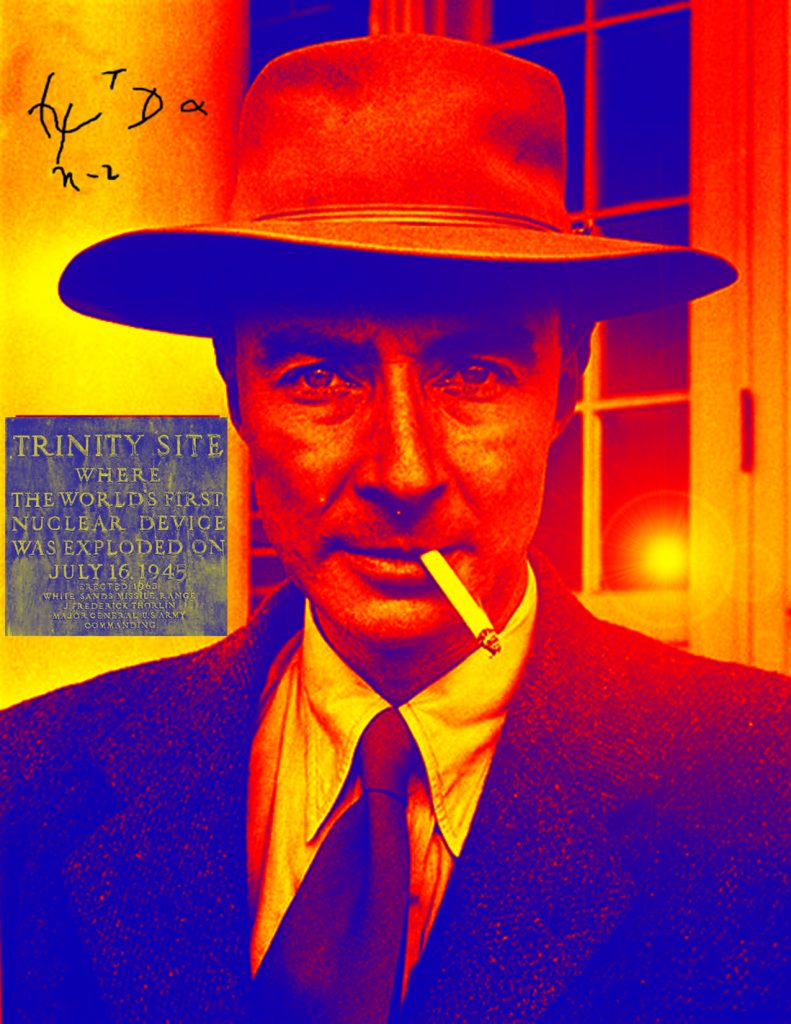Here is a roundup of interesting content published recently related to the Manhattan Project, World War II, and nuclear history:
- Governor, AG vow to fight Feds’ suit to repeal Hanford sick worker law: Washington Governor Jay Inslee and Attorney General Bob Ferguson announced they will defend a state law intended to help workers at the Hanford Site receive compensation claims for illnesses. The U.S. Justice Department has sued the state, arguing that the law is unconstitutional. For more background on the case, see this Seattle Times article.
- Hiroshima introduces interactive map to get tourists to visit A-bomb sites off the beaten path: This The Japan Times article highlights the Hiroshima Peace Tourism project. The project includes an interactive map to help visitors find less well-known sites in the city that survived the atomic bombing. This Atlas Obscura article also features the map, but includes a critique from a museum scholar over lack of historical context regarding Japan’s role in World War II.
- Innovation, Explosion, and Reckoning on Ellis Avenue: This Chicago Maroon article on the Manhattan Project at Chicago and its legacies includes commentary from Manhattan Project veteran Dieter Gruen and professors Jessica Hurley and Henry Frisch.
- Robert Oppenheimer: The Myth and the Mystery: Remarks from a July lecture by author and AHF Board Member Richard Rhodes on J. Robert Oppenheimer and the Santa Fe Opera’s production of Doctor Atomic. (Image: “Oppenheimer, Julius Robert,” by David Wargowski).
- Widespread Blurring of Satellite Images Reveals Secret Facilities: Matt Korda of the Federation of American Scientists explores how blurred satellite images on Yandex Maps (a Russian mapping site) actually reveal the locations of secret military facilities, including nuclear facilities. “By complying with requests to selectively obscure military facilities,” Korda observes, “The mapping service has actually revealed their precise locations, perimeters, and potential function to anyone curious enough to find them all.”





